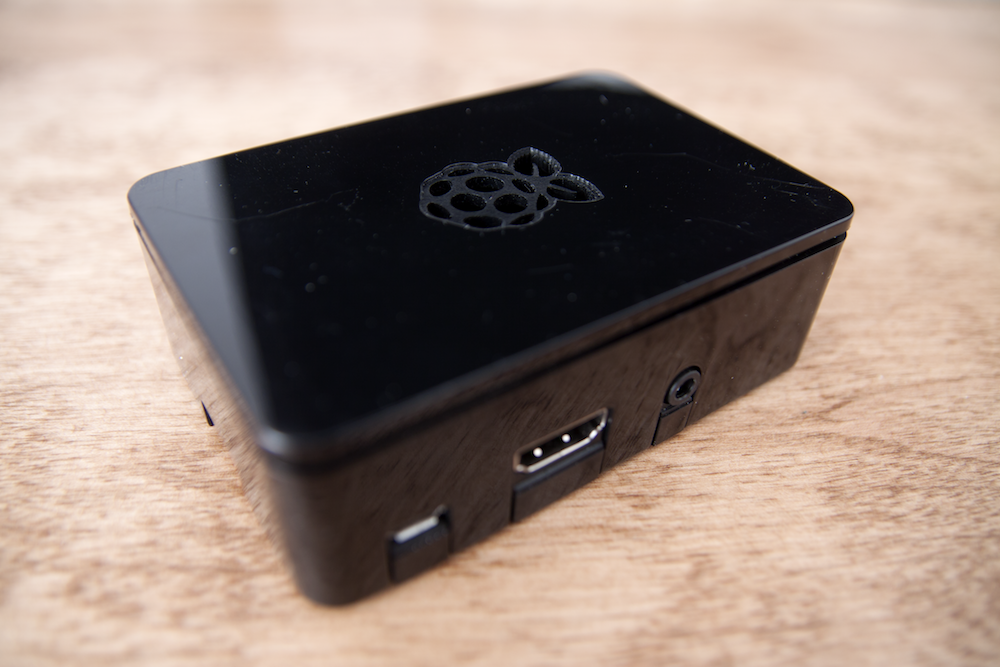

- #GOOGLE MAPS ON MAGIC MIRROR RASPBERRY PI PDF#
- #GOOGLE MAPS ON MAGIC MIRROR RASPBERRY PI INSTALL#
- #GOOGLE MAPS ON MAGIC MIRROR RASPBERRY PI MANUAL#
- #GOOGLE MAPS ON MAGIC MIRROR RASPBERRY PI TV#
#GOOGLE MAPS ON MAGIC MIRROR RASPBERRY PI INSTALL#
After installing NodeJS, you can clone the GitHub repository and install the application with npm.
#GOOGLE MAPS ON MAGIC MIRROR RASPBERRY PI MANUAL#
Magic Mirror installationĪs a whole, the best method to install Magic Mirror on a Raspberry Pi is manual installation. It’ll work directly.īut if you want the best method overall for the long term, keep reading this guide. If you just want to quickly check to see how it runs on a specific Raspberry Pi model or screen, go for it, take the Magic Mirror OS image and flash it to your SD card. Random installation scripts: Typically methods that are “easy” but where you have no control on what will be installed.Īll of these are methods that might seem easy, but I find that once installed, the maintenance is more complicated.

Again, not my favorite method for the Magic Mirror. Docker image: Docker is often a great solution to install new services, as it keep everything in a safe container, protecting the app and your system.Magic Mirror OS: that might seem the easiest way to do it (flash it, and it’s done), but it’s not the method I recommend.
#GOOGLE MAPS ON MAGIC MIRROR RASPBERRY PI PDF#
It's a free PDF guide containing every Raspberry Pi Linux command you should know! If you’re reading this, I’m sure you already know what a Magic Mirro looks like, so let’s jump directly into the interesting part of the content.ĭownload Your Essential Linux Commands Guide!
#GOOGLE MAPS ON MAGIC MIRROR RASPBERRY PI TV#
It’s “magic” because it’s a mix between a TV dashboard and a mirror, connected to numerous APIs to display everything you are interested in, nothing like the one in Harry Potter 🙂 As we will learn later, building a Magic Mirror isn’t as complicated as you might think, but the idea was really innovative at the time.Īnyway, in short, a “magic” mirror, is like any mirror, but you’ll add interesting data on it, like a clock, your calendar or the weather forecast for the next few days. Michael Teeuw is the original inventor of the Magic Mirror project, and you can find many resources about it on its website. It is such a beautiful realization once completed, and still something futurist to put in your house, that it peaked the interest of many makers. Like playing classic games on Retropie or watching Netflix with Kodi, building a Magic Mirror is a project that helped popularize the Raspberry Pi. The first third of the book teaches you the basics, but the following chapters include projects you can try on your own. It’s a 30-day challenge where you learn one new thing every day until you become a Raspberry Pi expert. If you’re looking to quickly progress on Raspberry Pi, you can check out my e-book here. You are welcome to use this guide as a buffet, and skip parts if you already know them or are seeking something specific. I’ll also give you some tips to optimize your setup overall. In this guide, I’ll give you a brief introduction about the Magic Mirror project, then we’ll see the best installation method (several are available), and then I’ll take some time to explain the configuration that is not especially intuitive (like tweaking things and adding new fun modules). If you are interested in this project and need more information, keep reading! This is why I decided to write the ultimate installation guide to set up a Magic Mirror. After trying it myself, I noticed that the official documentation is a bit complex for beginners to follow, and other guides don’t help that much.

Building a Magic Mirror is one of the most popular projects on Raspberry Pi, but that doesn’t necessarily mean that it’s better documented.


 0 kommentar(er)
0 kommentar(er)
